
To say that I am obsessed with this Lemon Olive Oil Cake is quite an understatement. Olive oil cake is one of my favorite dessert recipes, but I wanted to build on it and add a little lemon flavor. I recently grabbed a Starbucks lemon loaf while running errands and was reminded how much I love lemon-flavored goodies, so I decided to make this one happen.
This elegant cake recipe is so easy to make and only requires a few simple ingredients. The main ingredient for this simple cake are meyer lemons! In order to get the best possible lemony flavors, we will use both lemon zest and lemon juice. Along with a few other everyday ingredients, the end result is a perfectly moist cake, right in time for the upcoming summer season. This is a must for all lemon lovers.
What is an Olive Oil Cake
An olive oil cake is a type of cake that incorporates olive oil as a key ingredient instead of using butter or other fats. It originated in Mediterranean countries where olive oil is abundant and widely used in cooking and baking.
What does Olive Oil Cake Taste Like?
Olive oil cakes have a distinct flavor and texture that sets them apart from traditional butter-based cakes. The olive oil adds a subtle fruity and slightly peppery taste to the cake, creating a unique and sophisticated flavor profile. The texture of an olive oil cake is typically moist and dense, with a tender crumb. It is comparable to a more dense version of angel food cake.
What Goes into an Olive Oil Cake
The key ingredients in an olive oil cake are similar to those in a standard cake recipe, including flour, sugar, eggs or egg whites, and leavening agents such as baking powder or baking soda. However, instead of using butter, extra-virgin olive oil is used as the primary fat. The olive oil not only adds flavor but also contributes to the cake’s moistness.
Additional ingredients such as citrus zest, vanilla extract, or spices like cinnamon or cardamom can be added to enhance the flavor of an olive oil cake. Some recipes also call for yogurt or buttermilk to further enhance the cake’s moisture and tenderness.
How do you Serve Olive Oil Cake?
Olive oil cakes are often served plain, dusted with confectioner’s sugar, or accompanied by a simple glaze on the top of the cake. They pair well with a variety of flavors, such as fresh berries, citrus fruits, lemon slices or a dollop of whipped cream. Due to their unique flavor profile, olive oil cakes can be enjoyed as a dessert for a special occasion or even as a breakfast, tea-time treat or an afternoon snack.
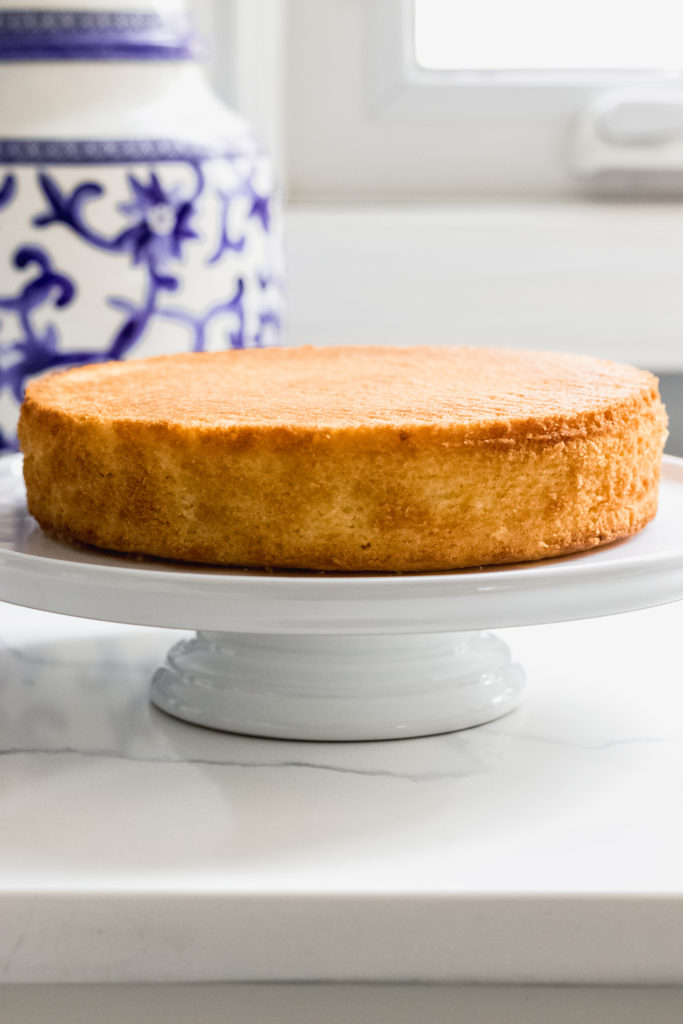
What Does Olive Oil Do To Cake
Olive oil serves several important functions in a cake, particularly in a lemon and olive oil cake:
- Moisture and Tenderness: Olive oil adds moisture to the cake, resulting in a tender crumb. It helps to keep the cake moist even after it has been baked. This is especially important in a lemon and olive oil cake, as the lemon juice and zest can contribute acidity that might otherwise dry out the cake. The olive oil helps balance and retain moisture.
- Flavor: Olive oil imparts a distinct flavor to the cake. In a lemon and olive oil cake, the fruity and slightly peppery notes of the olive oil complement the bright, citrusy flavors of the lemon. The combination creates a delightful balance between the refreshing tartness of lemon and the rich, fruity nuances of the olive oil.
- Texture: Olive oil contributes to a unique texture in cakes. It tends to make the crumb slightly denser and richer, resulting in a more substantial and satisfying bite. This texture works well in a lemon and olive oil cake, providing a substantial base for the vibrant lemon flavors.
- Healthier Alternative: Olive oil is often considered a healthier option compared to butter due to its unsaturated fats. It contains beneficial monounsaturated fats, which can be more heart-healthy. Using olive oil instead of butter in a cake can reduce the amount of saturated fat in the recipe.
When combined with the fresh citrus flavors of lemon, olive oil adds a distinctive character to the cake, creating a harmonious blend of flavors. The Olive oil not only contributes to the cake’s taste but also plays a vital role in its texture and moisture content.
Can You Taste The Olive Oil
Yes, you can taste the presence of olive oil in an olive oil cake. Olive oil has a distinct flavor profile that can vary depending on the type and quality of the oil used. It brings a fruity, sometimes peppery, and slightly bitter taste to the cake.
While the flavor of olive oil in an olive oil cake is not overpowering, it is certainly noticeable. It adds a subtle yet delightful complexity to the overall taste of the cake. The olive oil’s flavor becomes more pronounced if a high-quality, flavorful olive oil is used.
In a well-balanced olive oil cake, the taste of the oil should complement and enhance other flavors in the cake, such as citrus zest, vanilla, or spices. It creates a harmonious combination of flavors that is unique to olive oil cakes.
What Kind of Olive Oil Should I Use
When selecting olive oil for a lemon olive oil cake, it’s best to choose a high-quality extra virgin olive oil over regualr olive oil. Here’s why:
- Flavor: Extra virgin olive oil offers a more robust and pronounced flavor compared to other grades of olive oil. Its fruity and peppery notes can add complexity and depth to the cake’s taste. Look for a well-balanced extra virgin olive oil that enhances the lemon flavors without overpowering them.
- Quality: Extra virgin olive oil is made from the first pressing of olives, without the use of heat or chemicals. It undergoes minimal processing, which helps retain its natural flavors and healthful properties. Opting for a high-quality extra virgin olive oil ensures that you’re using a pure and premium product.
- Freshness: Freshness is crucial when it comes when choosing your type of olive oil, as it can significantly impact its flavor and quality. Look for a bottle with a recent harvest date or one that indicates the oil’s expiration date, as this will give you an idea of its freshness. Fresher olive oil tends to have a more vibrant taste.
- Source and Reputation: Consider the source of the olive oil and look for reputable brands or producers known for their commitment to quality. Research and reviews can provide insights into the reliability and excellence of various olive oil brands.
- Personal Preference: Keep in mind that different olive oils have distinct flavor profiles, ranging from mild and buttery to robust and peppery. Consider your personal taste preferences and whether you prefer a more subtle or pronounced olive oil flavor in your cake.
Ultimately, the choice of olive oil for your lemon olive oil cake depends on your taste preferences and budget. Experiment with different olive oils to find the one that best complements the flavors of lemon and suits your desired outcome for the cake. You can even try using vegetable oil if you are in a pinch!

Why you’ll love this Lemon Olive Oil Cake
There are several reasons why this lemon and olive oil cake recipe can be considered one of the easiest but flavorful desserts:
- Flavorful Combination: The combination of lemon and olive oil creates a harmonious blend of flavors. The bright, tangy citrus notes of lemon complement the fruity and slightly peppery nuances of the olive oil, resulting in a refreshing and aromatic cake.
- Moist and Tender Texture: The presence of olive oil contributes to a moist and tender texture in the cake. The oil helps to retain moisture, ensuring that the cake stays moist even after baking. This moistness adds to the overall enjoyment of each bite.
- Balanced Sweetness: A well-crafted lemon and olive oil cake recipe strikes a balance between the tartness of lemon and the sweetness of the cake. The acidity of the lemon helps to cut through the sweetness, creating a pleasant and balanced flavor profile.
- Versatile: A lemon and olive oil cake can be enjoyed in various settings. It works well as a light and refreshing dessert for any occasion. Additionally, it can be served as a delightful afternoon treat, a brunch centerpiece, or even as a tea-time indulgence.
- Healthier Option: Using olive oil instead of butter in a cake can offer potential health benefits. Olive oil contains monounsaturated fats, which are considered heart-healthy fats. It can be a preferable alternative for those looking for a slightly healthier cake option without compromising on taste.
- Complements Various Toppings: A lemon and olive oil cake provides a versatile canvas for various toppings and accompaniments. It pairs well with a dusting of powdered sugar, a drizzle of glaze, or a dollop of whipped cream. It can also be served with fresh berries, citrus segments, or a scoop of sorbet to add extra layers of flavor.
- Mediterranean Influence: The combination of lemon and olive oil reflects the culinary traditions of Mediterranean countries, where olive oil is a staple ingredient. This recipe allows you to embrace the flavors and essence of the Mediterranean in a delightful and accessible way.
When all these factors come together, a well-executed lemon and olive oil cake recipe can result in a memorable dessert that stands out for its flavor, texture, and versatility.
If you are looking for more citrus desserts, try these other favourites of mine!
- Ginger & Lemon Loaf
- Blood Orange Yogurt Cake
- Lemon, Blueberry and Mint Loaf
- Orange, Rosemary and Chocolate Cake
- Sunny Citrus Cake via Saving Room for Dessert
- Lemon Orange Cake via Jo Cooks

Lemon Olive Oil Cake Ingredients
- 1 cup of high quality extra virgin olive oil
- 1 + 1/2 cup sugar
- 3 eggs, at room temperature
- 2 tablespoons of vanilla extract
- 1 tablespoon of lemon zest
- 1/2 cup lemon juice (about one and a half lemons)
- 1/2 cup of yogurt, I used plain Greek yogurt
- 2 cups of all purpose flour
- 2 teaspoons of baking powder
- 1/2 teaspoon of salt
How to Make Lemon Olive Oil Cake
- Preheat the oven to 325 F and spray your pan with non-stick cooking spray.
- In a large mixing bowl, combine the sugar and the lemon zest. Using a wooden spoon or rubber spatula, press the lemon zest into the sugar a little bit. This will release the oils into the sugar and become fragrant.
- Whisk in the eggs until combined with an electric mixer.
- To the same bowl we are going to add in the rest of the wet ingredients; add in the vanilla, half a cup of lemon juice, good quality olive oil, yogurt and mix on medium-high speed until well combined.
- Finally, add in the dry ingredients; flour, baking powder and salt. Mix again until fully incorporated.
- Transfer batter into a prepared 9 inch cake pans, loaf pan or springform pan.
- Bake for 60 minutes until golden brown, or until a toothpick comes out clean after testing the center of the cake batter.
- Allow cool on a wire rack before removing from the pan and allow to cool completely before adding any icing or glaze.

Tips for Making Lemon Olive Oil Cake
Here are some tips to help you make a delicious lemon olive oil cake:
- Choose the Right Olive Oil: Select a high-quality extra virgin olive oil with a flavor profile that complements the lemon. Look for oils that are fruity and slightly peppery. The freshness and quality of the olive oil will greatly impact the taste of the cake. Scroll up to read more about selecting the best olive oil for this recipe.
- Use Fresh Lemons: Freshly squeezed lemon juice and zest will provide the most vibrant and authentic citrus flavor. Avoid using bottled lemon juice, as it may lack the freshness and intensity of freshly squeezed juice.
- Measure Accurately: Baking is a precise science, so make sure to measure your ingredients accurately using measuring cups or a kitchen scale. Consistent measurements will ensure the best results.
- Don’t Overmix: When combining the wet and dry ingredients, mix just until they are incorporated. Overmixing can develop gluten and result in a denser texture. Mix the batter gently to maintain a tender crumb.
- Preheat the Oven: Preheat your oven to the specified temperature mentioned in the recipe. This will ensure even baking and consistent results.
- Grease and Flour the Pan: Grease your baking pan with olive oil or non-stick cooking spray, then dust it with flour. This will help the cake release easily from the pan after baking.
- Cooling and Glazing: Allow the cake to cool in the pan for a few minutes before transferring it to a wire rack to cool completely. If you plan to glaze the cake, make sure it has cooled completely before adding the glaze. A warm cake may cause the glaze to become runny.
- Storage: Store the lemon olive oil cake in an airtight container at room temperature for a few days. The flavors often develop and intensify over time, making it even more delicious.
- Serving Suggestions: Dust the cake with powdered sugar, drizzle with a simple lemon glaze, or serve it with a side of fresh berries or whipped cream. The cake’s bright flavor pairs well with tangy and creamy accompaniments.
How to Store this Lemon and Olive Oil Cake
To store a lemon and olive oil cake, follow these guidelines:
- Cool the Cake Completely: Before storing the cake, ensure that it has completely cooled to room temperature. on a cooling rack This helps prevent condensation and moisture buildup, which can make the cake soggy.
- Wrap the Cake: Wrap the cake tightly in plastic wrap or place it in an airtight container. This will protect it from drying out and help maintain its freshness.
- Room Temperature Storage: If you plan to consume the cake within a day or two, you can store it at room temperature. Place the wrapped cake in a cool, dry place away from direct sunlight and strong odors.
- Refrigeration: If you need to store the cake for an extended period or if the ambient temperature is warm, refrigeration is recommended. Place the wrapped cake in the refrigerator, where it can be stored for up to five days. The cold temperature will help keep the cake fresh and moist.
- Freezing: If you want to store the cake for longer periods, freezing is an option. Wrap the cake tightly in plastic wrap, followed by a layer of aluminum foil or place it in an airtight freezer bag. The cake can be stored in the freezer for up to three months.
- Thawing: When you’re ready to enjoy the frozen cake, allow it to thaw in the refrigerator overnight. This gradual thawing helps maintain the cake’s texture and prevents excessive moisture loss. Once thawed, you can bring the cake to room temperature before serving.
Remember that the texture of the cake may change slightly after storage, but the flavors should remain intact.
FAQ’s and Variations
Oh yes! You can replace the lemon juice and zest with orange juice for an orange olive cake or freshly squeezed grapefruit juice. Don’t forget to also replace the zest too!
I’ve tested this recipe on a bundt pan and loaf pan. Both worked great, the only change is that you will have to adjust the bake time depending on the size of your chosen pan.

Lemon Olive Oil Cake
Ingredients
- 1 cup extra virgin olive oil
- 1 1/2 cups of sugar
- 3 eggs at room temperature
- 2 tbsp of vanilla extract
- 1 tbsp of lemon zest
- 1/2 cup of fresh lemon juice about 1 1/2-2 lemons
- 1/2 cup of yogurt plain
- 2 cups of all-purpose flour
- 2 tsp baking powder
- 1/2 tsp of salt
Instructions
- Preheat the oven to 325°F.
- In a large bowl, combine sugar and lemon zest. Using a wooden spoon or rubber spatula, press the lemon zest into the sugar. This will release the oils into the sugar and become fragrant.
- Whisk in the eggs until combined.
- To the same bowl, add in the rest of the wet ingredients; vanilla, half cup of lemon juice, good quality olive oil, yogurt and mix on medium-high speed until well combined.
- Finally add in the dry ingredients; flour, baking powder and salt. Mix again until fully incorporated.
- Pour batter into a prepared 9 inch springform pan or cake pan.
- Bake for 60 minutes until golden brown, or until a toothpick comes out clean after testing the center of the cake.
- Allow cool on a wire rack before removing from the pan and allow to cool completely before adding any icing or glaze.

Christopher is a food and lifestyle expert, recipe developer and the content creator behind May Eighty Five. With years of experience in the kitchen, he also shares tips, tricks and how to’s that he has learnt over the years. Every week, he shares quick, simple and mostly healthy recipes along with some home and entertaining tips. You will find flavorful cocktails, delicious appetizers, tasty mains and some indulgent desserts. As a home decor enthusiast, he also likes to share simple DIY projects and simple tips for a beautiful home.




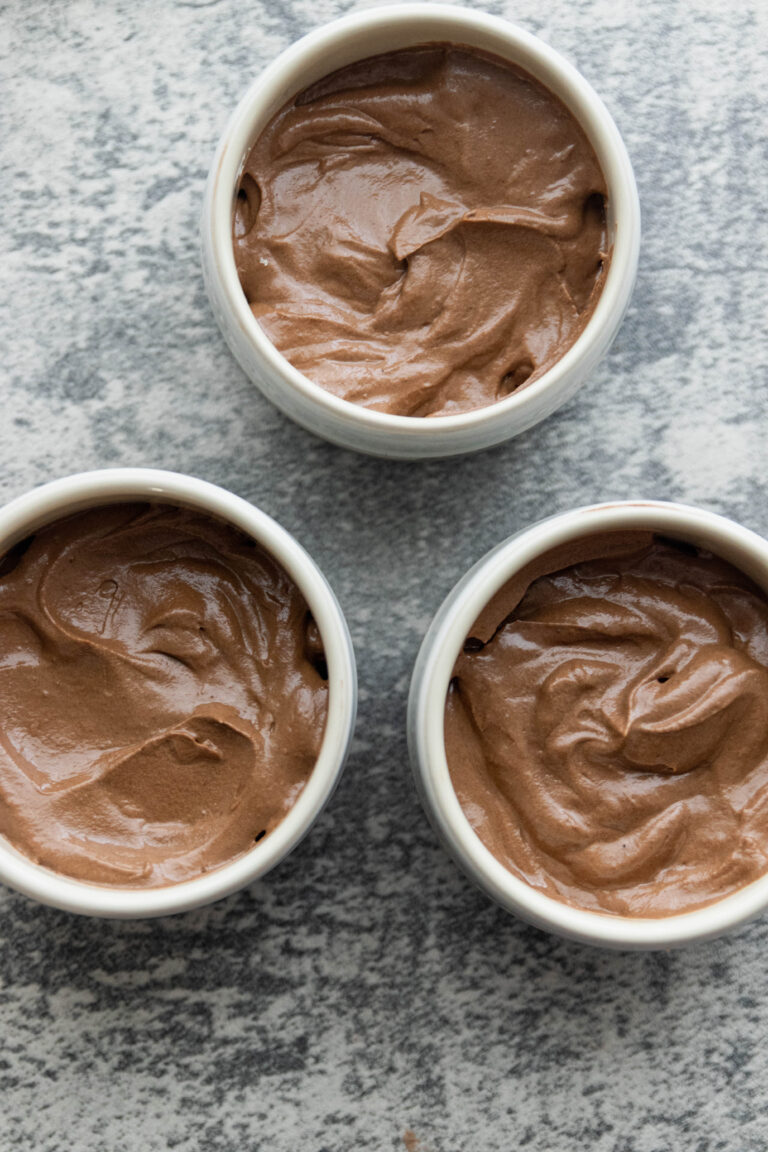
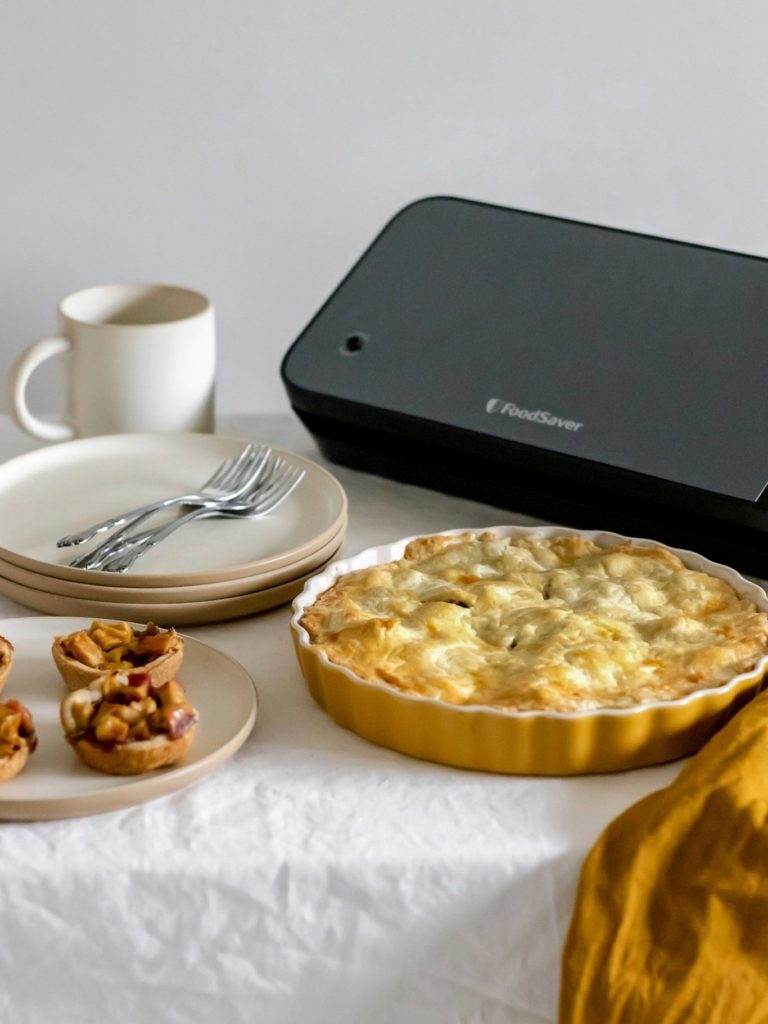
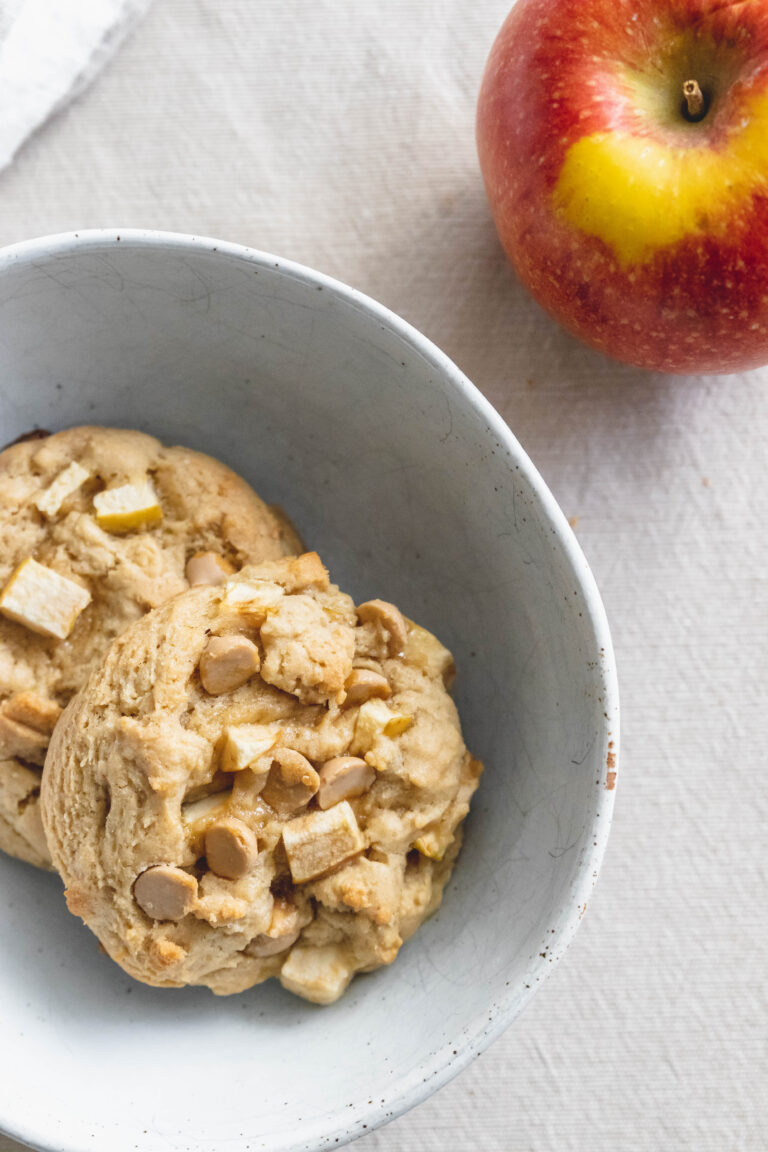
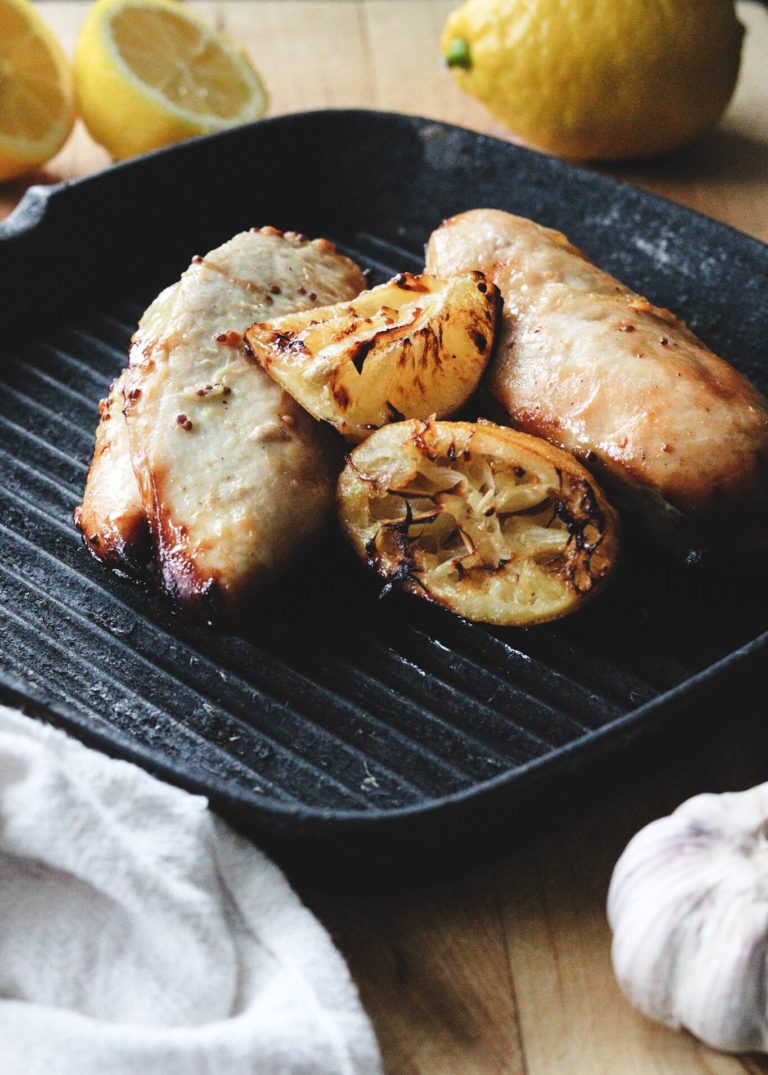
One Comment